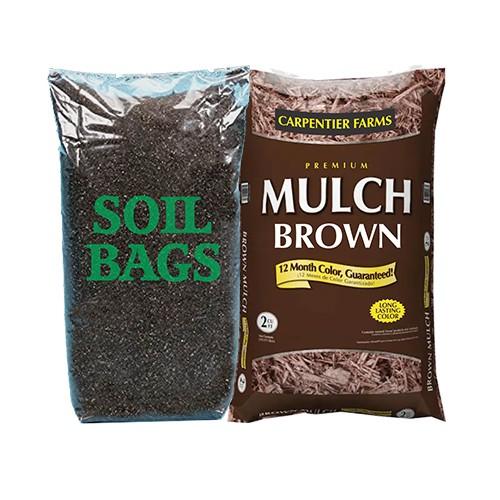In the realm of home renovation and interior design, the choice of paint can significantly impact the overall aesthetic appeal and longevity of a space. With an array of residential paint formulations available in the market, understanding their distinct properties and applications becomes crucial. From water-based to oil-based paints, each type offers unique advantages and considerations. Let’s delve into the world of residential paint formulations to guide homeowners and painters in Melbourne towards informed decisions.
Water-Based Paints:
Water-based paints, also known as latex or acrylic paints, have gained immense popularity due to their ease of use, quick drying time, and minimal odor. These paints contain water as the primary solvent, making them environmentally friendly and easy to clean up with water. Water-based paints offer excellent adhesion to various surfaces, including drywall, wood, and metal. They come in a wide range of finishes, from matte to high gloss, catering to diverse preferences. Additionally, water-based paints are less prone to yellowing over time, making them suitable for interior applications.
Oil-Based Paints:
Oil-based paints, traditionally formulated with linseed oil or alkyd resin, offer exceptional durability and a smooth finish. These paints are renowned for their ability to withstand wear and tear, making them ideal for high-traffic areas such as doors, trim, and cabinets. Oil-based paints provide superior adhesion and leveling properties, resulting in a professional-looking finish. However, they have a longer drying time and emit strong odors due to volatile organic compounds (VOCs). Proper ventilation is essential when working with oil-based paints, especially in residential settings.
Zero-VOC and Low-VOC Paints:
As environmental consciousness grows, zero-VOC (Volatile Organic Compounds) and low-VOC paints have emerged as preferred choices among homeowners and painters in Melbourne. These formulations contain minimal or no harmful chemicals, reducing indoor air pollution and promoting healthier indoor environments. Zero-VOC and low-VOC paints are available in both water-based and oil-based options, offering versatility without compromising on performance. While slightly higher in price compared to conventional paints, the long-term benefits in terms of air quality and sustainability make them worthwhile investments.
Specialty Paints:
In addition to standard formulations, specialty paints cater to specific needs and applications in residential spaces. This category includes:
- Primer Paints: Designed to enhance adhesion and provide a uniform surface for topcoat application, primer paints are essential for achieving optimal paint performance.
- Stain-Blocking Paints: Ideal for covering stains, watermarks, and smoke damage, stain-blocking paints prevent discoloration and ensure a flawless finish.
- Mold and Mildew-Resistant Paints: Formulated with additives to inhibit mold and mildew growth, these paints are suitable for bathrooms, kitchens, and other high-humidity areas.
- Heat-Reflective Paints: Engineered to reduce heat absorption and lower energy costs, heat-reflective paints are beneficial for homes in warm climates.
Choosing the Right Paint:
When selecting a residential paint formulation, several factors come into play, including the surface type, desired finish, environmental impact, and budget. Consulting with experienced painters in Melbourne can provide valuable insights and recommendations tailored to specific project requirements. Additionally, conducting thorough research on product specifications and customer reviews helps ensure satisfaction with the chosen paint formulation.
Conclusion
Exploring the diverse range of residential paint formulations empowers homeowners and painters in Melbourne to make informed decisions aligned with their preferences and project needs. Whether opting for water-based, oil-based, zero-VOC, or specialty paints, prioritising quality, durability, and environmental considerations leads to successful outcomes in home improvement endeavors.



